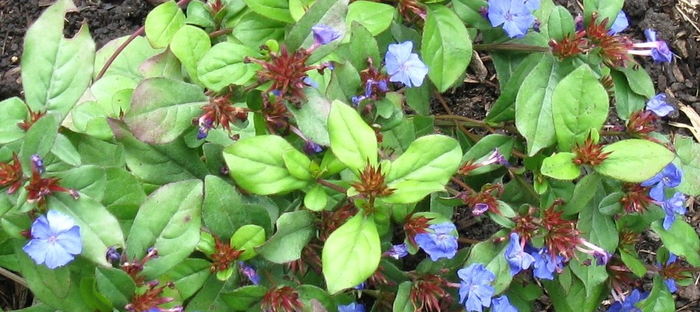In the early 19th century, a simple invention sparked a botanical revolution that would transform the global plant trade and have a profound impact on Australian gardens. This invention was the Wardian case, a sealed glass container designed to transport delicate plants over long distances. Its introduction not only facilitated the safe transportation of plants but also led to the exchange of botanical specimens across continents, shaping landscapes and horticultural practices in Australia and beyond.
Before the Wardian case, transporting live plants over vast distances was a formidable challenge. Plants often succumbed to harsh conditions, such as extreme temperatures, fluctuating humidity, and salt spray, during long sea voyages. As a result, many valuable botanical specimens perished en route, limiting the diversity of plant species that could be cultivated in distant regions.
The Wardian case, named after its inventor, Dr. Nathaniel Bagshaw Ward, provided a solution to this problem. In 1829, Ward accidentally discovered the protective properties of a sealed glass container while studying moth larvae. He observed that plants enclosed within the container thrived, creating a self-sustaining microclimate that shielded them from external environmental stresses. Recognizing its potential for plant transportation, Ward modified the design, creating a portable greenhouse that would revolutionize the plant trade.
The impact of the Wardian case on the plant trade was immediate and profound. It enabled the safe transportation of delicate plants across continents, facilitating botanical exploration and the exchange of plant specimens between distant regions. Nurseries and botanical gardens eagerly adopted the Wardian case, expanding their collections and diversifying their offerings. This newfound ability to transport plants transformed gardens into living showcases of biodiversity, attracting enthusiasts and researchers alike.
In Australia, the introduction of the Wardian case had a particularly significant impact on horticulture and landscape design. The vast distances and diverse climates of the continent presented unique challenges to plant transportation and cultivation. Prior to the availability of the Wardian case, Australian gardens were limited in the variety of plant species they could sustainably grow.
However, with the advent of the Wardian case, Australian gardens experienced a botanical renaissance. Nursery owners and botanists began importing a wide range of exotic plants from around the world, including tropical species from South America, Africa, and Asia. These new additions transformed the Australian landscape, introducing vibrant colors, exotic scents, and novel textures to gardens across the continent.
The Wardian case also played a crucial role in the introduction of economically important plants to Australia. Cash crops such as tea, coffee, and rubber, which were previously unavailable in the region, could now be successfully cultivated thanks to the protective environment provided by the Wardian case. This not only diversified Australia’s agricultural industry but also stimulated economic growth and trade.
Furthermore, the Wardian case fueled a newfound fascination with botanical exploration and discovery in Australia. Adventurous botanists embarked on expeditions to remote corners of the globe in search of new and exciting plant specimens to introduce to Australian gardens. Their efforts contributed to the expansion of botanical knowledge and enriched the country’s horticultural heritage.
The legacy of the Wardian case continues to shape Australian gardens to this day. Its impact can be seen in the diverse array of plant species that thrive in gardens and parks across the continent. From the lush rainforests of Queensland to the arid landscapes of the Outback, the influence of the Wardian case is evident in the rich tapestry of flora that adorns the Australian landscape.
In conclusion, the Wardian case revolutionized the plant trade and transformed Australian gardens by enabling the safe transportation of delicate plants over long distances. Its introduction facilitated the exchange of botanical specimens between continents, leading to a proliferation of plant diversity and stimulating horticultural innovation. The Wardian case remains a testament to the power of human ingenuity and its ability to shape the natural world.



